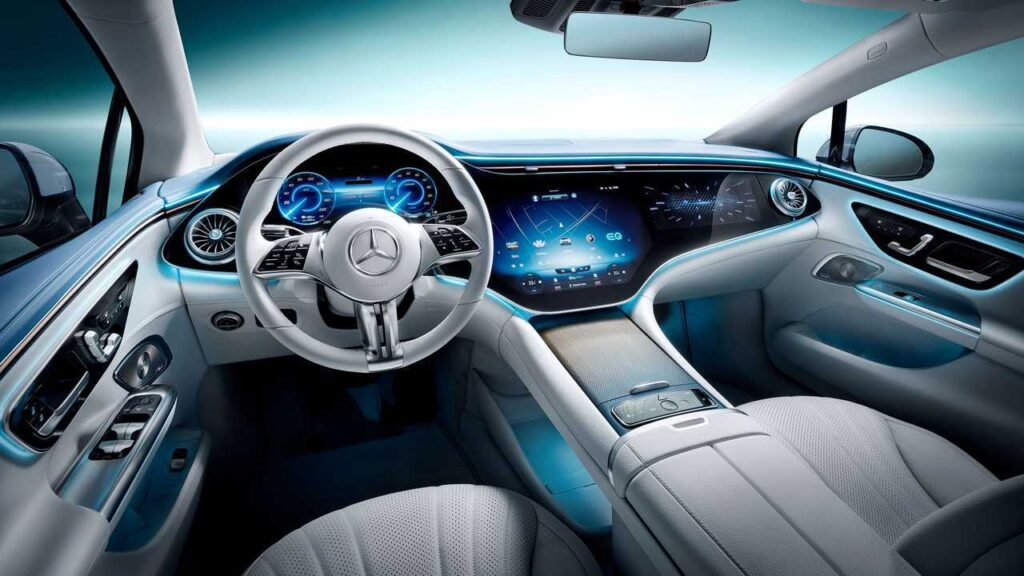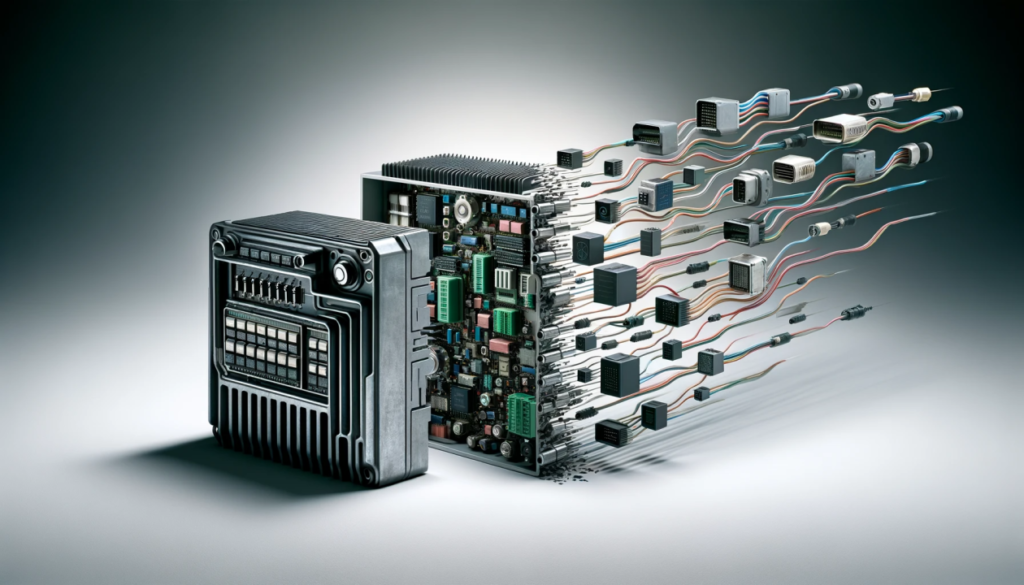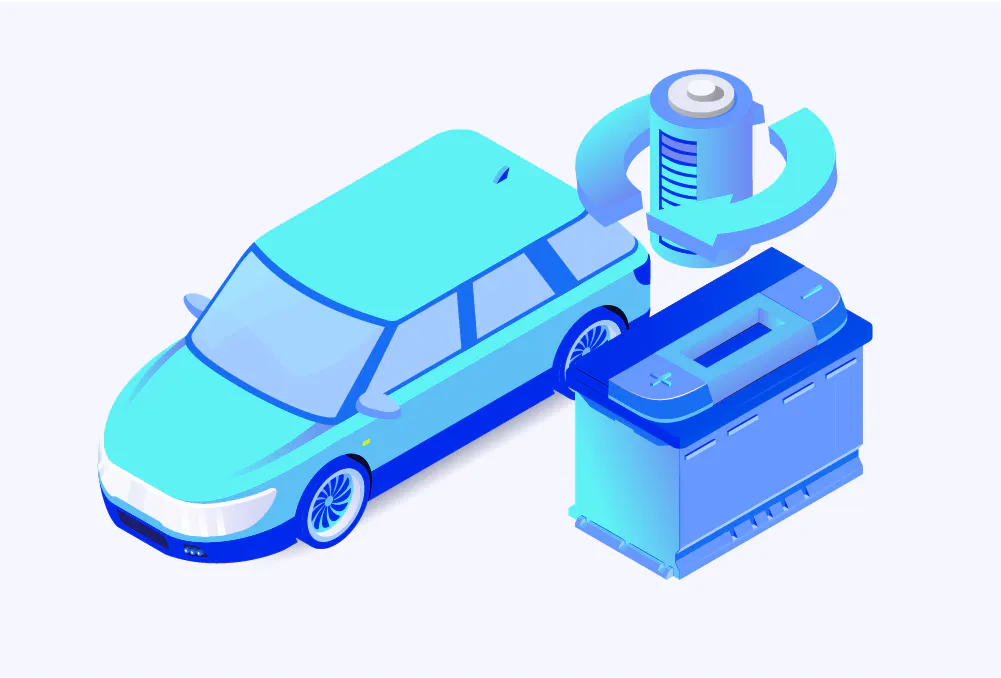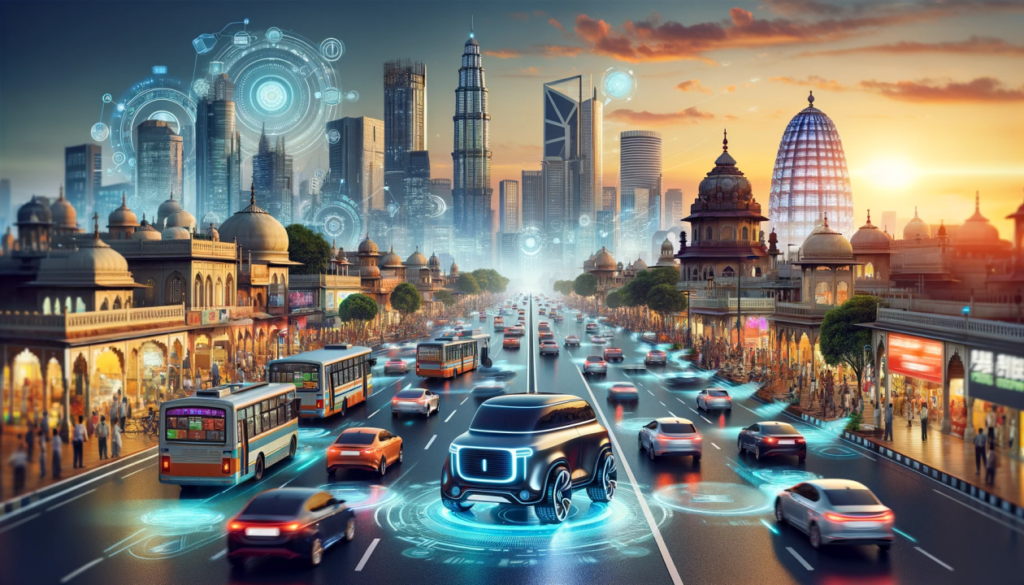Number of Automotive Companies in India
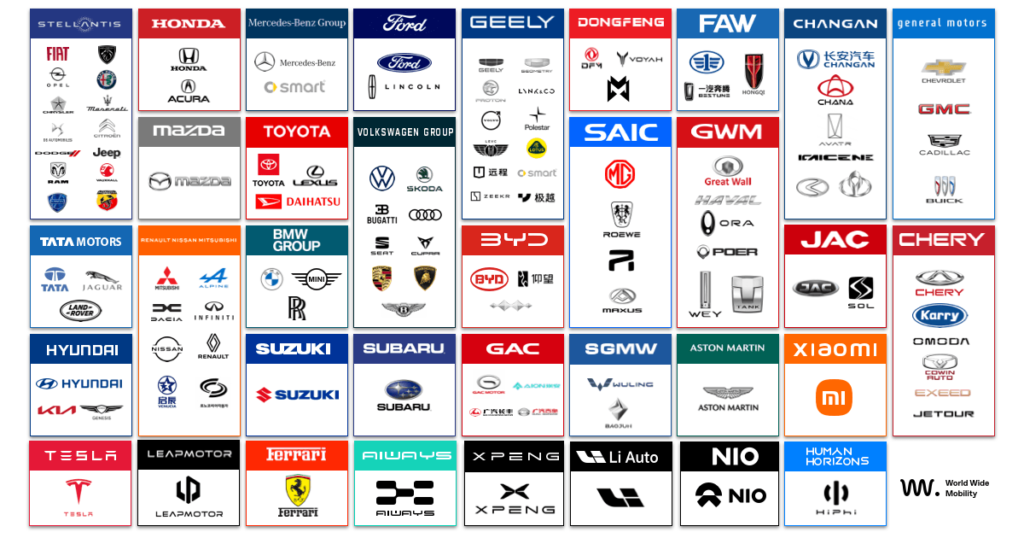
India’s automotive industry is vast, comprising numerous domestic and international manufacturers. There are over 30 major automotive companies operating in India, including both domestic manufacturers and international companies that have established a presence through joint ventures or subsidiaries. Key players include Maruti Suzuki, Hyundai, Tata Motors, Mahindra & Mahindra, Kia Motors, and Toyota Kirloskar, among others. Additionally, luxury and premium car manufacturers like Mercedes-Benz, Volvo, and Jaguar Land Rover have also established a significant presence in the Indian market. This robust industry contributes significantly to the nation’s GDP and employment, making it a pivotal sector in India’s economy (Wikipedia)
Tier-1 Automotive Suppliers in India
In addition to the automobile manufacturers, the industry is supported by several Tier-1 suppliers, which provide essential components and systems. Prominent Tier-1 automotive suppliers operating in India include:
- Bosch: A leading global supplier of technology and services in mobility solutions, industrial technology, consumer goods, and energy and building technology.
- Continental: Specializes in manufacturing brake systems, interior electronics, automotive safety, and other components.
- Veoneer: Focuses on automotive safety electronics, including advanced driver-assistance systems (ADAS).
- Autoliv: A global leader in automotive safety systems, including airbags, seatbelts, and steering wheels.
Categories of Job Openings for Freshers in the Automotive Industry
The automotive industry in India offers a wide range of job opportunities for fresh graduates, spanning various domains. Here are some of the key categories:
- Engineering and Design:
- Automotive Engineers: Focus on the design, development, and testing of vehicles and their components. Roles include mechanical, electrical, and electronics engineering.
- Design Engineers: Specialize in creating and improving vehicle designs using CAD software.
- Manufacturing and Production:
- Production Engineers: Oversee the manufacturing process, ensuring efficiency and quality control.
- Quality Control Inspectors: Responsible for inspecting products and processes to meet quality standards.
- Research and Development (R&D):
- R&D Engineers: Engage in developing new technologies and improving existing ones. This includes work on electric vehicles, autonomous driving, and fuel efficiency.
- Sales and Marketing:
- Sales Executives: Work on promoting and selling vehicles to customers, both individual and corporate.
- Marketing Analysts: Focus on market research, analyzing trends, and developing marketing strategies.
- Supply Chain and Logistics:
- Logistics Coordinators: Manage the supply chain, ensuring timely delivery of materials and products.
- Procurement Specialists: Responsible for sourcing and purchasing materials and components.
- Customer Service and Support:
- Customer Service Representatives: Provide support and assistance to customers regarding vehicle maintenance, warranties, and other services.
- Technical Support Engineers: Assist in diagnosing and solving technical issues related to vehicles.
- Information Technology:
- Software Developers: Develop software for vehicle systems, including infotainment and navigation systems.
- Data Analysts: Analyze data collected from vehicle sensors and systems to improve performance and safety.
- Human Resources:
- HR Specialists: Handle recruitment, training, and employee relations within automotive companies.
- Talent Acquisition Specialists: Focus on hiring the right talent to meet the industry’s evolving needs.
The automotive industry is continuously evolving, with emerging trends such as electric vehicles and autonomous driving creating new job roles and opportunities for freshers. This dynamic sector offers a promising career path for those interested in technology, engineering, and innovation.










